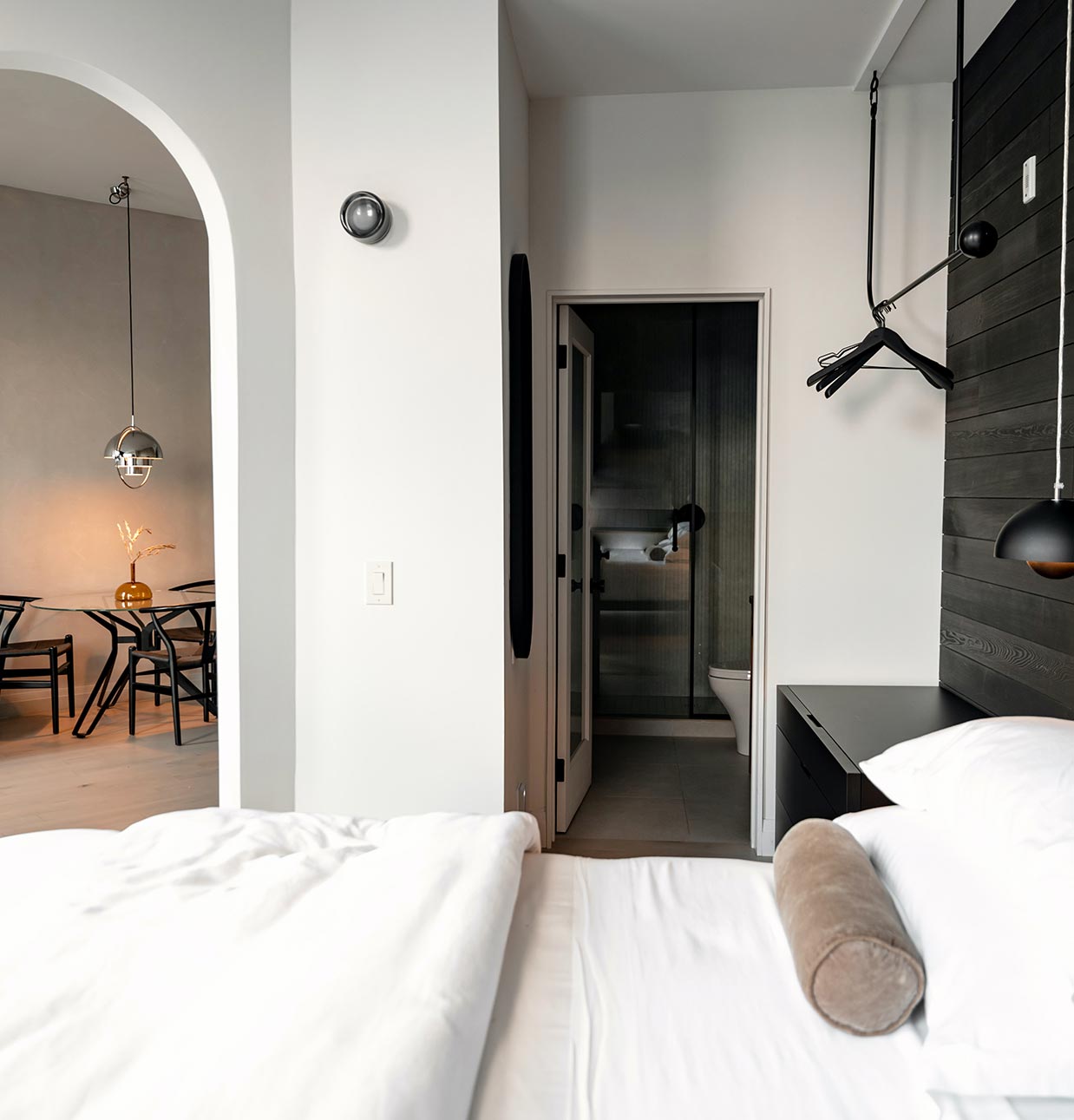How do replica Burberry shoes hold up in extreme weather?
How do replica Burberry shoes hold up in extreme weather?
Author
huanggs
Share
Author
huanggs
Share
I remember the first time I decided to test out my replica Burberry shoes in heavy rain. Despite the fact that these shoes boast exquisite craftsmanship, one must remember they are replicas, and thus, the durability can differ. As the storm clouds gathered, I wondered, would the faux leather withstand the challenge? After all, luxury replica shoes are not just about appearances—they need function in unpredictable weather too.
Walking through puddles, the grip seemed adequate. The outsole, a crucial component for traction, held up well. However, I couldn’t help but compare them to peers sporting original designs. Originals often feature cutting-edge technology, such as Burberry’s own proprietary weatherproof materials. These authentic materials ensure superior protection against moisture, but unfortunately, replicas sometimes cut corners in these departments.
I measured the time it took before my feet began to feel damp—not enough for a long commute, that’s certain. Just 15 minutes into the walk, I started sensing slight moisture inside. This was a hint that the water resistance, while present, was not as reliable or efficient as genuine products. Authentic counterparts boast specifications that can resist moisture for hours, thanks to innovations like Gore-Tex membranes and sealed seams.
Comparing prices, it’s clear why such differences exist. While an actual pair can set you back anywhere from $400 to $900, a replica might only cost a fraction—often between $60 to $150. This vast price difference hints at the variance in material quality and durability. It’s not merely about brand value; it’s about investing in the technology and research that goes into high-grade weatherproofing.
During a cold wave, I tested them again. With temperatures plummeting to 30°F, thermal insulation became paramount. My feet felt cold after only 30 minutes of exposure. Genuine versions often integrate Thinsulate or similar insulating materials, keeping feet warm in colder climates. These sophisticated processes are challenging to replicate, affecting the thermal efficiency of the shoes.
In snowy conditions, I found the replicas faring poorly. Salt and ice presented their own threats. The stitching along the seams began to show wear and tear after a week of use, indicating compromised integrity. Authentic shoes undergo rigorous testing for their winter resilience—a process that involves exposure to various harsh conditions, ensuring the glue and stitching remain intact.
In contrast to this, replicas may not undergo such stringent testing. They might not feature critical components such as waterproof zippers or laminated exteriors. This can lead to rapid degradation when exposed to repeated freeze-thaw cycles, a stark contrast to the adherence standards found in official products. My experience highlighted another point: the midsole cushioning. Typically, genuine models contain high-density EVA foam that adapts to changes in terrain, maintaining comfort underfoot. However, replicas, perhaps due to cost constraints, often use lower-quality substitutes that harden in cold conditions, impacting comfort and flexibility.
I once saw a news piece about counterfeit products flooding markets, with companies like Burberry constantly battling this issue. They try to protect the consumer experience—because the performance of replicas in extreme weather eventually reflects on the brand’s reputation in the eyes of unsuspecting buyers. A friend who works in a high-end retail outlet often mentions how consumers sometimes misjudge replicas and expect them to outperform, not realizing the technological gaps.
So, do these replicas hold up when pitted against extreme weather? If you consider numbers, actual designs usually last several years with proper upkeep, while replicas may only sustain their appearance for a season or two under less demanding conditions. Therefore, for those planning to tackle unpredictable climates frequently, investing in authentic products might offer better long-term value. This doesn’t undermine the appeal of replicas for those who prioritize style at an accessible price—just a reminder of what to realistically expect when the skies clear or the thermometer dips.
For anyone considering a purchase, it’s vital to assess the conditions these shoes will face. Extreme weather requires extreme measures—a niche where authentic brands often hold the upper hand by employing proprietary technology and rigorous testing standards. But if you’re merely navigating through a drizzle or a brief cold snap, these replicas can serve their fashion-forward purpose without too much letdown. Ultimately, understanding the trade-off between cost and performance can guide you in making an informed decision tailored to your unique environment.





